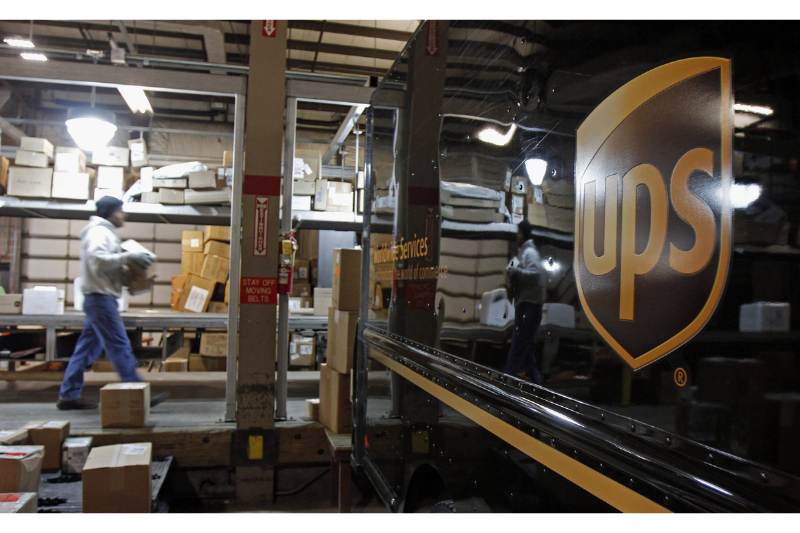
UPS to Cut 20,000 Jobs Amid Amazon Shipment Decline
United Parcel Service (UPS) has announced plans to reduce its workforce by 20,000 positions and close 73 facilities by June 2025. This decision comes as the company faces a significant decline in the volume of Amazon shipments it handles.
Impact on Workforce and Operations
The job cuts represent approximately 4% of UPS's global workforce of 490,000 employees. CEO Carol Tomé stated that the company is taking these steps to streamline operations and enhance efficiency amid challenging economic conditions.
The closures of 73 facilities are part of UPS's efforts to optimize its network and reduce operational costs. These measures are expected to result in annual savings of $3.5 billion, although the company anticipates incurring $400–$600 million in severance and lease-related expenses.
Reasons Behind the Layoffs
A significant factor contributing to the layoffs is the reduction in Amazon shipments. UPS has reached an agreement with Amazon to decrease the volume of packages it handles by over 50% by mid-2026. Despite Amazon remaining UPS's largest customer, Tomé emphasized that the business with Amazon is not the most profitable, describing it as dilutive to the company's U.S. operations.
Additionally, broader economic uncertainties, including trade tensions and changes in consumer behavior, have impacted UPS's operations. The company is focusing on more profitable segments, such as healthcare product shippers and small- and medium-sized businesses, to offset the decline in Amazon shipments.
Financial Performance and Outlook
In its first-quarter earnings report, UPS reported a net income of $1.19 billion, or $1.49 per share, surpassing analysts' expectations. Revenue for the quarter totaled $21.55 billion, exceeding forecasts. However, due to ongoing economic uncertainties, UPS has maintained its full-year revenue projection of approximately $89 billion without any revisions.
Conclusion
The decision to cut 20,000 jobs and reduce Amazon shipments marks a significant shift in UPS's business strategy. While these measures aim to improve profitability and operational efficiency, they also reflect the challenges faced by logistics companies in adapting to changing market dynamics and economic conditions.